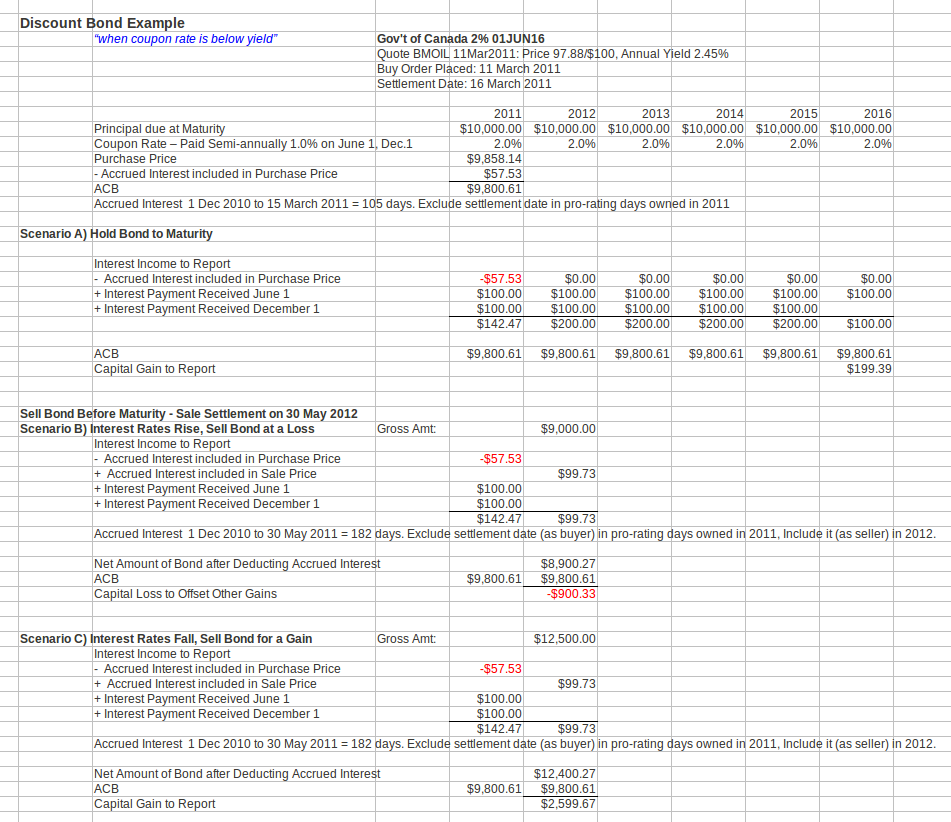Canadian information on Capital Gains Tax Capital Losses Dividend Tax Credit and Investment
Post on: 21 Июнь, 2015 No Comment

Cleo Hamel of H&R Block Canada
Biography: Cleo Hamel brings a wealth of financial and tax experience to the Tax Advisory at H&R Block Canada. She is also the national spokesperson and has been interviewed across the country. Cleo joined H&R Block in January 2000 as a tax associate and was steadily promoted within the organization. She was a tax course instructor, an Assistant District Manager and District Manager before taking her current position in 2006.
Being the tax expert that she is, I asked Ms. Hamel to write a post on the tax consequences faced by a number of Canadian investors. Read on below, for some of her tips. In addition, to help Canadians who have tax questions, the Tax Advisory at H&R Block is providing answers online at H&R Block Tax Talk
Understanding How Your Investments Are Taxed
Many Canadians experienced capital losses on their investments last year, but it is important to understand that not all losses are considered realized for tax purposes. Your portfolio can reduce in value but if you didn’t cash any of your investments, it is only a loss on paper.
For tax purposes, investment income can include interest, dividends and capital gains, and each type of investment income is treated differently. Interest income is the most straightforward. If you have an interest-bearing investment like a savings account, Canada Savings Bonds or GICs, the interest earned on the investment during the tax year is added to your income and taxed at the marginal rate. Interest is the most heavily taxed of all the investment income you can earn, so a Tax Free Savings Account could be a good option if most of your investments are in interest-bearing accounts.
Dividends are considered income but they are not taxed at the same rate as other types of income, such as employment earnings. This is because the company which paid the dividend has already been taxed on it at the corporate level. So, when you report them on your personal tax return you get a tax credit, but before you can calculate the credit you need to figure out the gross amount of the dividend that was subject to corporate tax.
Capital gains are subject to a 50 per cent inclusion rate. When you sell shares of stocks or mutual funds, you take the selling price and subtract the price you paid, plus any commissions or other expenses. The balance is your capital gain or loss. If you had a capital gain of $100, you would only pay tax on $50.
Some Canadians may be facing capital losses in 2009. These losses can be carried back three years or forward indefinitely. You should be reporting your capital losses every year you incur them; the Canada Revenue Agency will keep track of them and will state them for you every year on your Notice of Assessment. If you have not reported your capital losses in the past, you have to file adjustments to your previous returns.
For shareholders involved in a company bankruptcy situation, the rules are a little different than if you had sold the shares for a loss. You need to elect to dispose of your shares for nil proceeds as of December 31, 2009. This does not require a formal document or application; you simply declare that you are “selling” your shares as of the end of the year and calculate your losses. You will then have a loss equal to the cost of your shares. You must make an election in writing stating that you want subsection 50(1) of the Income Tax Act to apply. This is the capital loss you can claim on your tax return. Make sure you keep your stock purchase documents and other associated paperwork so you can prove the loss if asked.
However, there is a possibility that the company will re-emerge from bankruptcy and the share price could rise. If this occurs, then as of January 1, 2010, you are deemed to reacquire the shares at zero cost for tax purposes. Chances are the shares will remain at zero but if the company shares rise again, the capital gains will be calculated from the zero amount rather than your original purchase price.
If you have stock transactions, you will need copies of purchase and redemption documents to calculate capital gains or losses. If you sold mutual funds, you will need the same paperwork. Mutual funds can pay out interest and dividends and you should receive an information slip with this income to include on your tax return. You will also need a T3 slip to show how your income from the fund should be reported.
It is always best to make sure you have all the necessary paperwork and slips before you file your tax return. If you have missing slips and you have already filed, you will need to submit an adjustment.
Stay In The Loop!
Subscribe to the Investing Thesis feed via RSS or Email to receive notifications when new posts are published.














